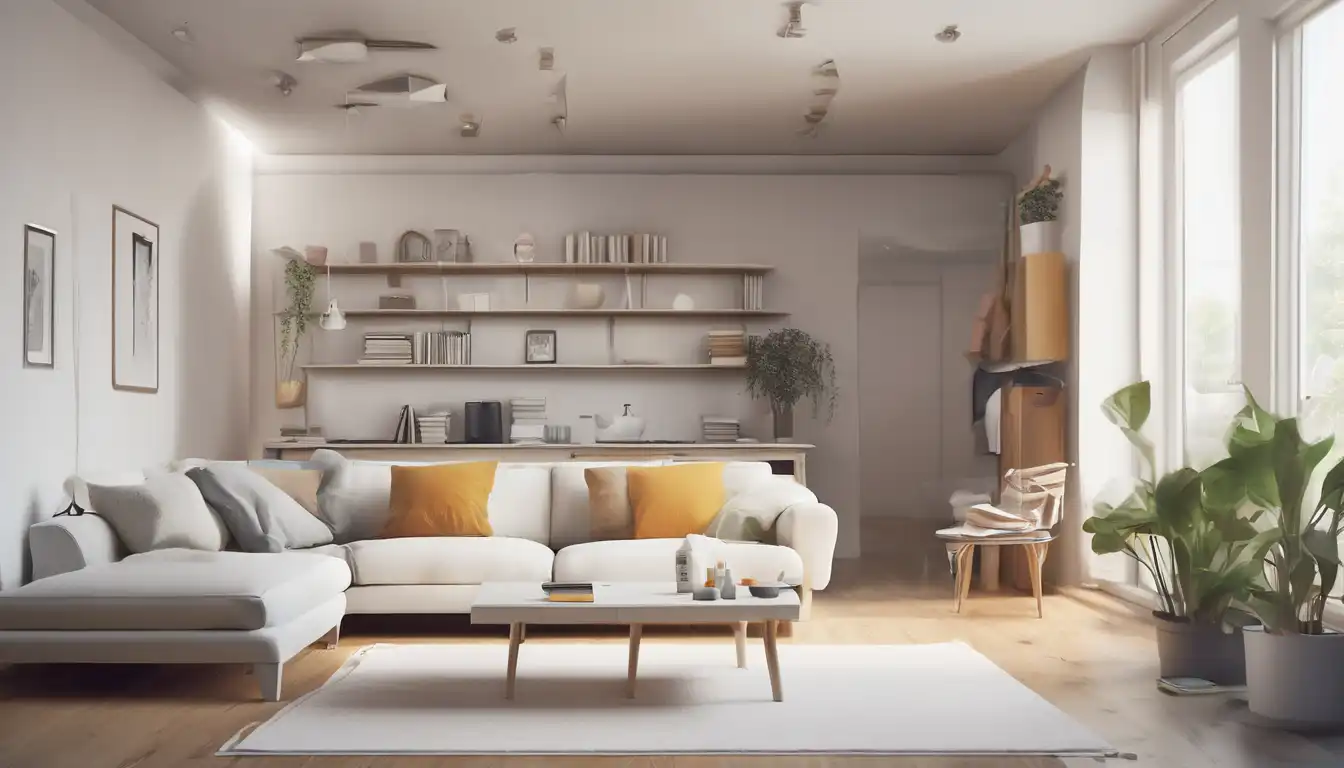Embracing Minimalist Living: Your Path to Freedom
Minimalist living isn't just about having fewer possessions—it's a mindset shift that can transform your entire approach to life. By embracing simplicity, you create space for what truly matters, reduce stress, and gain more time and energy for the things you love. This comprehensive guide will walk you through practical minimalist living tips that anyone can implement, regardless of their current lifestyle or living situation.
Understanding the Core Principles of Minimalism
Before diving into specific strategies, it's crucial to understand what minimalist living truly means. At its heart, minimalism is about intentionality—consciously choosing what adds value to your life and eliminating what doesn't. This philosophy extends beyond physical possessions to include your schedule, relationships, and digital life. The goal isn't deprivation but rather creating room for more meaningful experiences and connections.
Many people mistakenly believe that minimalism requires living with almost nothing, but this isn't the case. True minimalism looks different for everyone. For some, it might mean downsizing to a tiny home; for others, it could simply mean organizing their current space more effectively. The key is finding what works for your unique circumstances and goals.
Start with a Systematic Decluttering Process
The first step toward minimalist living is tackling the clutter that's likely accumulated over time. Begin with a room-by-room assessment, asking yourself critical questions about each item: Does this bring me joy? Have I used this in the past year? Does it serve a practical purpose? Be honest with your answers—sentimental attachment can often cloud judgment.
Consider adopting the popular "three-box method" during your decluttering sessions: one box for items to keep, one for donations, and one for discards. Work in small, manageable sections rather than trying to tackle entire rooms at once. This approach prevents overwhelm and makes the process more sustainable. Remember that decluttering is an ongoing practice, not a one-time event.
Develop Mindful Consumption Habits
Preventing future clutter is just as important as eliminating existing clutter. Cultivate awareness around your purchasing decisions by implementing a 24-hour waiting period before buying non-essential items. This simple practice helps distinguish between genuine needs and impulsive wants. When you do make purchases, focus on quality over quantity—investing in well-made items that will last longer and serve you better.
Adopt the "one in, one out" rule: for every new item brought into your home, remove something similar. This maintains equilibrium and prevents gradual reaccumulation of clutter. Additionally, consider experiences over possessions when treating yourself or others—memories often bring more lasting satisfaction than material goods.
Create Functional, Simplified Spaces
Once you've decluttered, organize your remaining possessions in ways that support ease of use and maintenance. Designate specific homes for frequently used items, keeping them accessible while storing less-used possessions out of the way. Embrace vertical space with shelves and wall-mounted solutions to keep surfaces clear.
Develop daily habits like the "five-minute tidy"—spending just five minutes each evening returning items to their designated places. This small investment prevents clutter from building up and makes deeper cleaning sessions much more manageable. Consider implementing a digital minimalism approach for your electronic devices and online presence as well.
Streamline Your Wardrobe with a Capsule Approach
Many people find that their clothing causes significant clutter and decision fatigue. Creating a capsule wardrobe—a curated collection of versatile, mix-and-match pieces—can dramatically simplify your daily routine. Start by identifying your most-worn, best-fitting items and building around them. Donate or sell anything that doesn't fit properly, is uncomfortable, or hasn't been worn in the past year.
Aim for quality basics in neutral colors that can be dressed up or down with accessories. This approach not only reduces closet clutter but also saves time getting dressed and money on impulse purchases. Remember that your capsule wardrobe should reflect your personal style and lifestyle needs—there's no one-size-fits-all formula.
Simplify Your Digital Life
In today's connected world, digital clutter can be just as overwhelming as physical clutter. Regularly clean out your email inbox, unsubscribe from newsletters you no longer read, and organize files into clearly labeled folders. Limit notifications on your devices to reduce distractions and mental clutter.
Consider implementing digital detox periods where you disconnect from screens entirely. This not only reduces digital clutter but also provides mental space for reflection and connection with the physical world. For more specific strategies, explore our guide on the benefits of simple living in the digital age.
Maintain Your Minimalist Lifestyle Long-Term
Sustaining a clutter-free life requires ongoing attention and adjustment. Schedule quarterly "mini-decluttering" sessions to reassess your possessions and eliminate anything that's no longer serving you. Regularly revisit your goals and priorities to ensure your environment continues to support them.
Surround yourself with like-minded individuals who support your minimalist journey, whether through online communities or local meetups. Remember that setbacks are normal—the path to minimalist living isn't about perfection but progress. Celebrate small victories and be patient with yourself as you develop new habits.
The Transformative Power of Living with Less
Adopting minimalist living principles can lead to profound changes beyond just a tidier home. Many practitioners report reduced anxiety, improved focus, stronger relationships, and greater financial freedom. By eliminating excess, you create space for personal growth, creativity, and the activities that truly matter to you.
Minimalism isn't a destination but a continuous journey of refinement. As your life circumstances change, your approach to minimalism will likely evolve as well. The key is maintaining the core intention: living deliberately with what adds value and joy to your existence. For additional inspiration, check out our article on sustainable minimalism practices that benefit both you and the environment.
Remember that the ultimate goal of minimalist living isn't to have the least possible, but to make room for the most important. Whether you're just beginning your journey or looking to deepen your practice, these strategies can help you create a life that feels lighter, more intentional, and truly your own.
